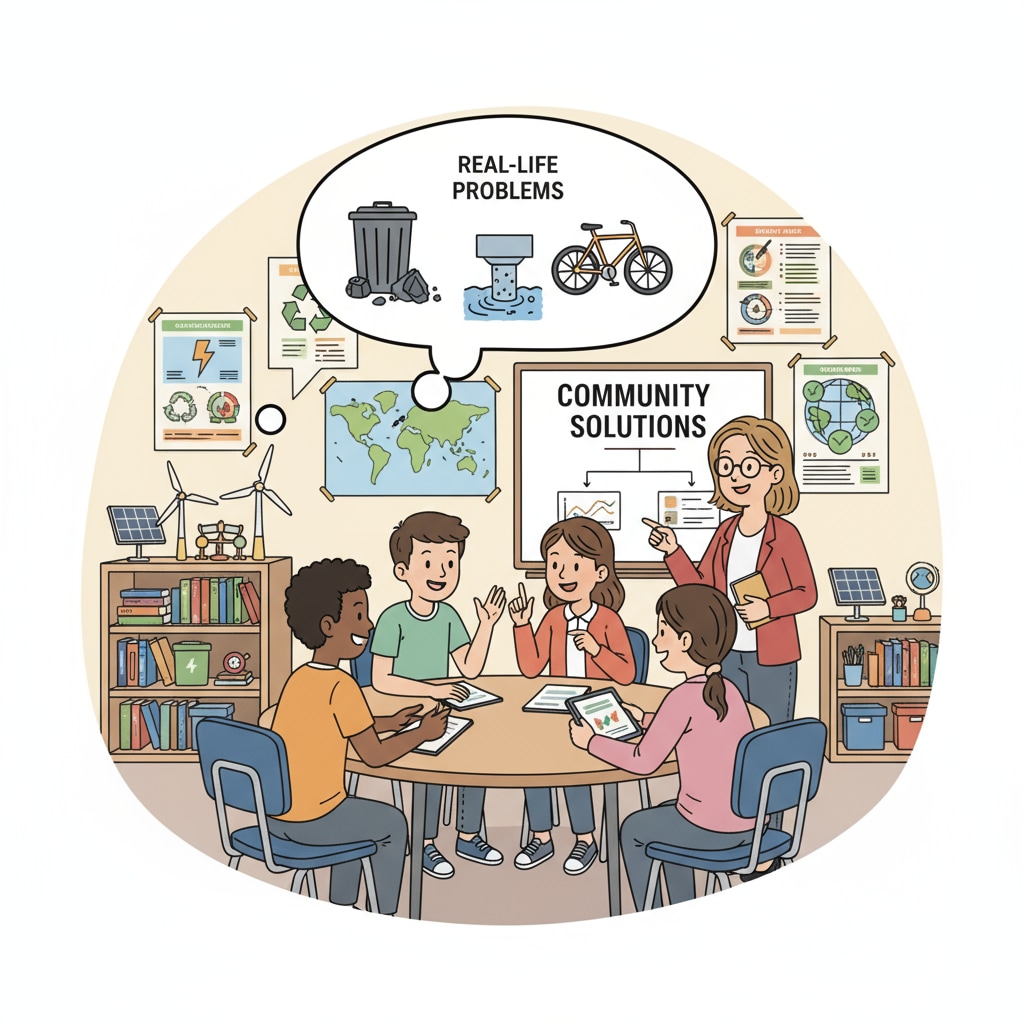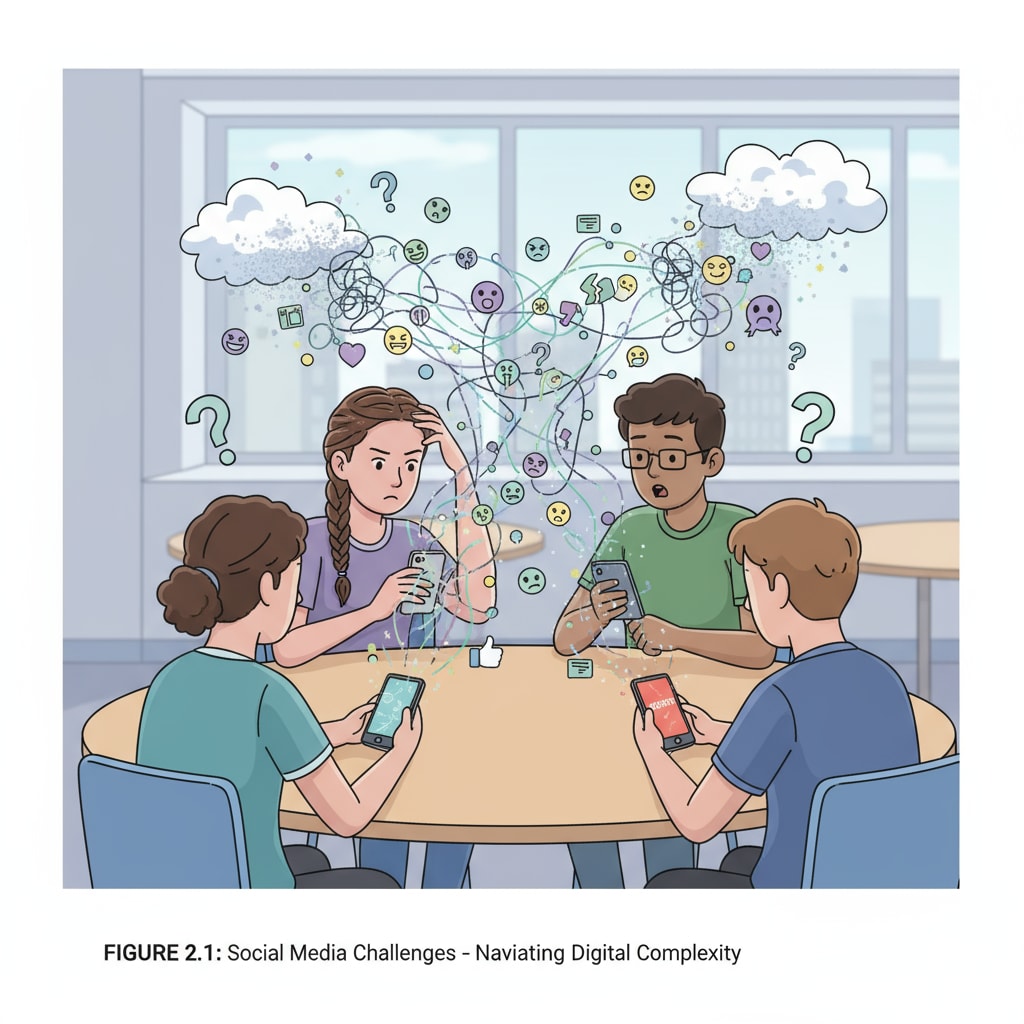In the realm of education, the responsibilities of schools in preparing students for real-life challenges are of utmost importance. The contemporary K12 education system has achieved remarkable results in cultivating students’ academic abilities. However, it has significant deficiencies in helping students confront real-life challenges.

As we strive for holistic student development, it’s essential to reevaluate the role of schools in this regard.
The Current Gap in Education
While students are well-versed in academic subjects like mathematics, science, and language arts, they often find themselves at a loss when dealing with real-life situations. For example, issues such as peer pressure, cyberbullying, and the risks associated with social media can be overwhelming for them. According to EdWeek, many students lack the practical skills to navigate these challenges. This indicates a clear gap between what is taught in the classroom and what is needed in the real world.

Rethinking School’s Role
Schools need to reposition themselves to bridge this gap. They should view themselves not just as institutions for academic learning but also as places where students learn to face real-life difficulties. For instance, schools can integrate life skills courses into the curriculum. These courses can cover topics like financial literacy, mental health awareness, and conflict resolution. By doing so, schools can better prepare students to handle various aspects of life.
Readability guidance: The paragraphs above use simple language and short sentences. Transitions like “however” and “for example” are used to enhance readability. Each section focuses on a key aspect related to schools’ responsibilities in preparing students for real-life challenges.


